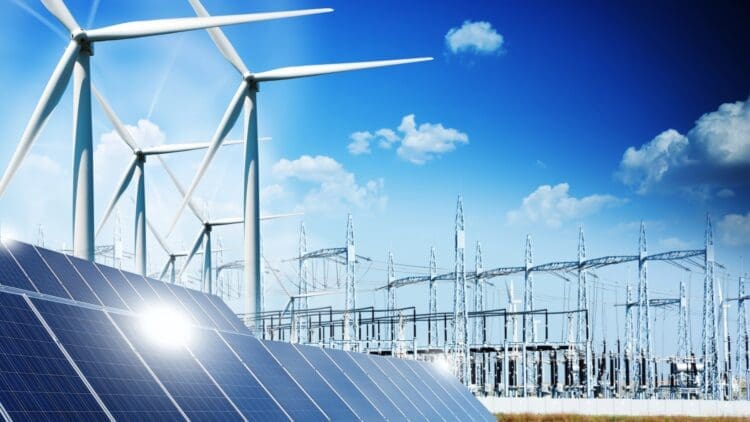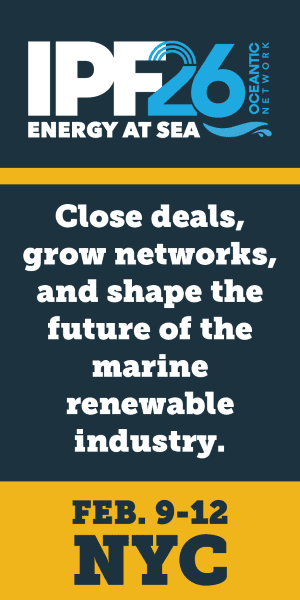In a region of the world renowned for its vast and substantial oil and gas reserves, several nations in the Middle East are shifting their energy sectors towards hybrid wind-solar-storage mega projects. This new narrative is being championed by the UAE and Oman, which have both seen plans for massive hybrid projects in the renewable energy sector. As global pressure to transform the energy sector intensifies, the UAE and Oman are leading the charge in the Middle East to transition to the renewable energy sector.
The shift towards hybrid wind-solar-storage mega projects is a recent trend that has encompassed the Middle East region
Many decades ago, the Middle East was very different from the sprawling, mega energy-rich nations that encompass the region now. The area was a desert with little to no resources available. Oh, how the times have changed.
In only a few short decades, the Middle East has transformed into an energy-rich region that has catapulted countries like the UAE and Oman into the geopolitical power discussions among the biggest nations in the world.
While the United Arab Emirates has benefited assiduously from the oil and gas sectors, it has reaffirmed its commitment to the adoption of the renewable energy sector. The UAE has targeted the wind and solar sectors as areas that require substantial investments to reach their self-imposed targets for reforming the energy sector.
The UAE has targeted 44% alternative energy by 2050, with Abu Dhabi’s first utility-scale wind farm, Al Dhafra (103.5 MW), serving as a key milestone that backs up its world-leading solar capacity. The Al Dhafra Wind Farm is expected to power over 23,000 homes and displace 120,000 tons of CO2 per year, perfectly aligning with global decarbonization goals.
“The increasing cost competitiveness of renewable energy technologies is particularly evident in the largescale, grid-connected market segment. The declining cost of utility-scale projects can be attributed to enhanced technologies, availability of low-cost financing, competitive procurement processes, increased deployment rates, and stakeholders’ deeper understanding and familiarity with technologies.” – International Renewable Energy Agency
Oman has emerged as another leader in the renewable energy sector in the Middle East
The inevitable shift to hybrid wind-solar-storage mega projects is not limited to the energy powerhouse that is the UAE. Oman has emerged as a potential key stakeholder in the adoption of hybrid wind-solar-storage mega projects alongside the UAE.
Oman’s Vision 2040 prioritizes wind energy for green hydrogen production, while the 50 MW Dhofar wind farm serves as a major contributor in paving the way for larger developments in the region.
Oman aims to produce at least 1 mtpa of renewable hydrogen by 2030, 3.75 mtpa by 2040, and 8.5 mtpa by 2050.
“Oman is an oil and gas producer country that is taking an enlightened approach to its energy future, with a clear long-term vision and strong net zero ambitions. Thanks to its huge potential for low-cost solar and wind, renewable hydrogen is set to bring multiple benefits to Oman.” – International Energy Agency
The trend of commissioning large-scale wind farms is spreading into the MENA region as well, with Egypt completing the 650 MW Red Sea Wind Farm.
The UAE and Oman are aiming to become global leaders in the renewable energy sector
The generational reliance on the traditional oil and gas sectors in the Middle East is coming to an end, thanks in no small part to the efforts of the UAE and Oman. The requirements needed to shift the Middle East toward hybrid wind-solar-storage mega projects are immense, but the UAE and Oman are leaders in the global energy sector and can take solace in the news that other nations are seeking similar transitions. The global energy sector is transforming its future to meet the need for action on environmental effects that have plagued the planet.





